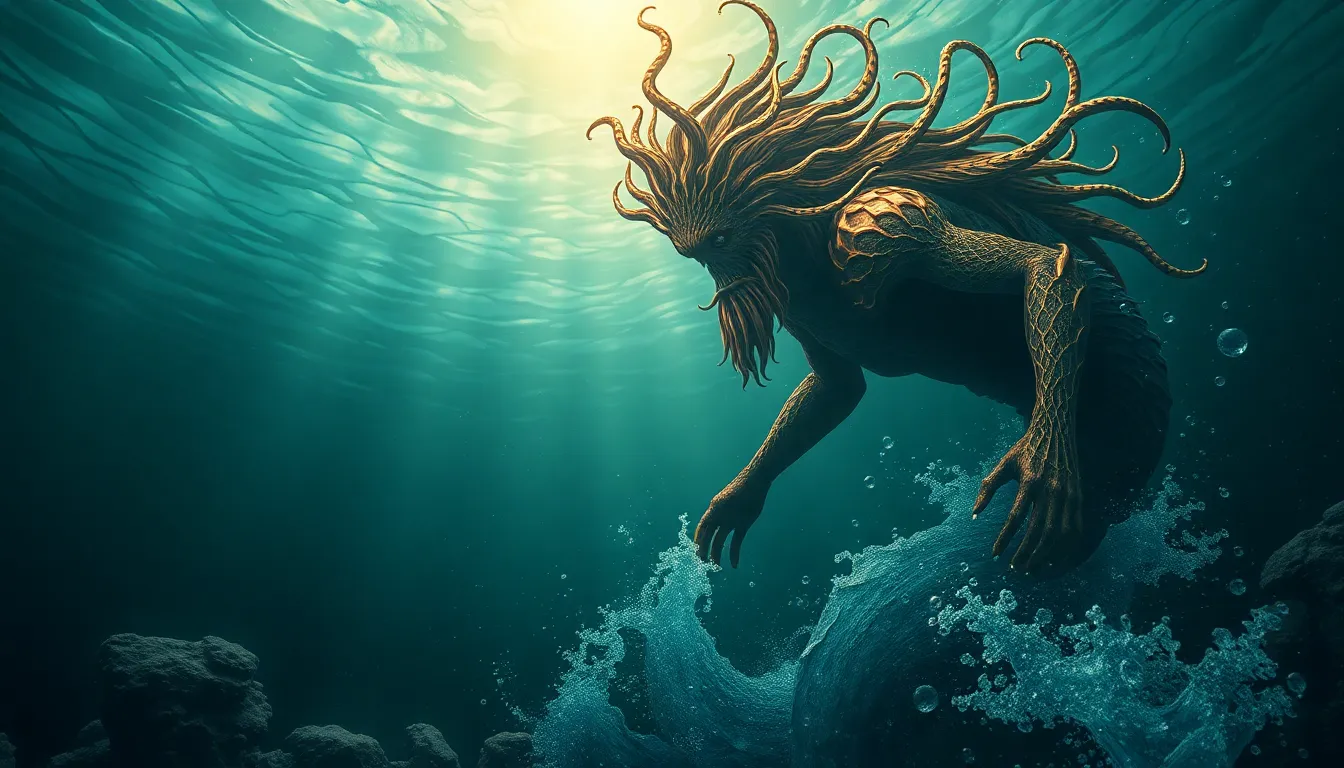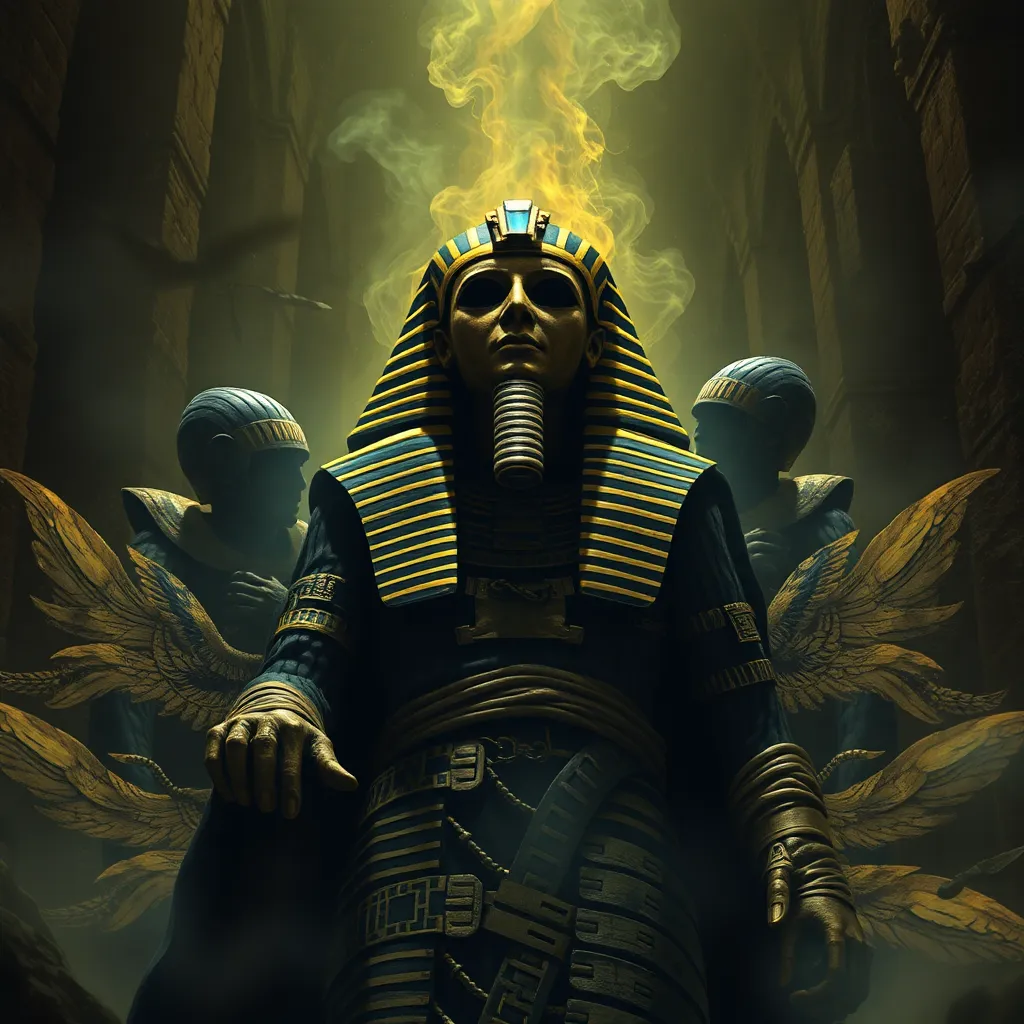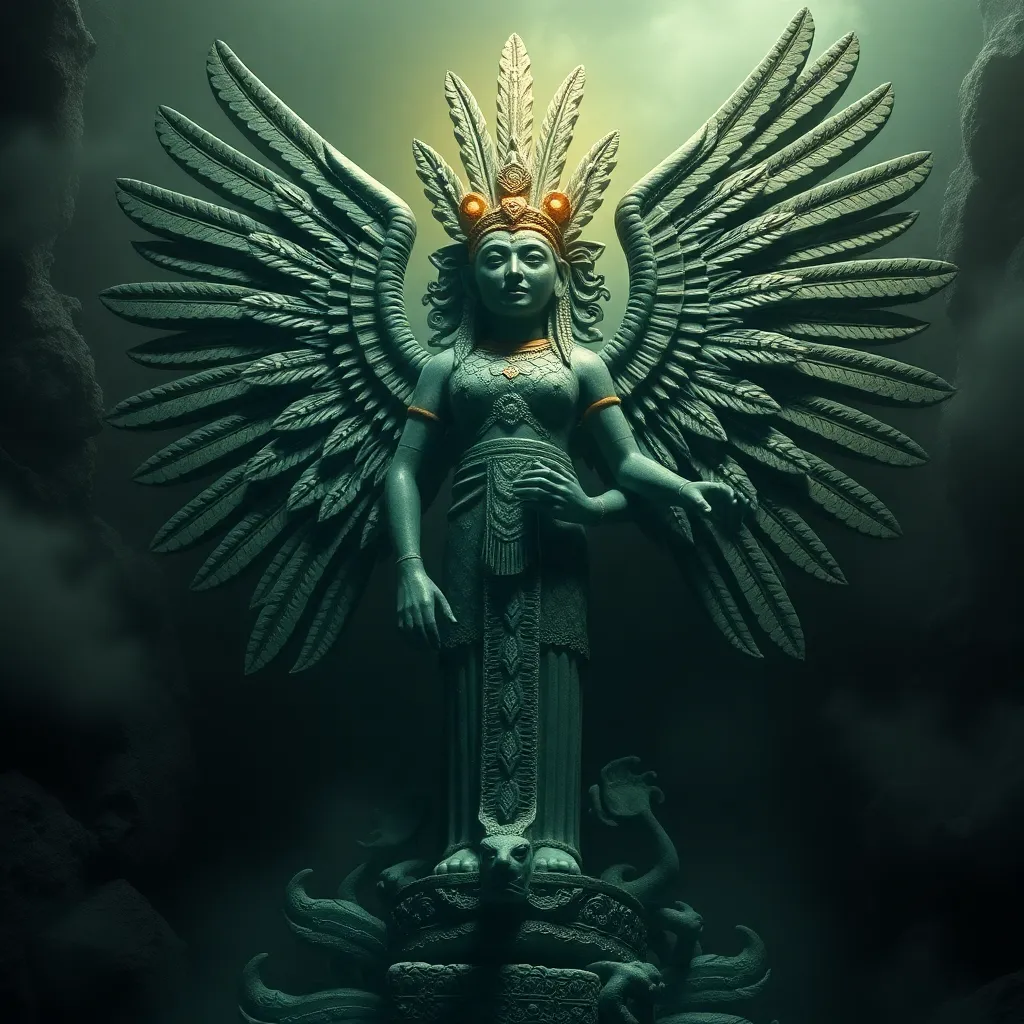The Merman’s Tale: Exploring the Myths of Male Sea Creatures
I. Introduction to Male Sea Creatures in Mythology
Throughout human history, the ocean has been a source of both fascination and fear. Cultures around the world have woven tales of mysterious beings that inhabit its depths, among which male sea creatures, particularly mermen, hold a significant place. Mermen, often depicted as half-fish and half-human, embody the allure and danger of the sea, balancing between two worlds: human and aquatic.
This article aims to explore the myths surrounding mermen, delving into their historical roots, cultural variations, symbolism, and their representation in literature and popular media. By examining these aspects, we hope to shed light on the enduring legacy of merman myths and their relevance in contemporary society.
II. Historical Roots of Merman Myths
A. Ancient civilizations and their beliefs about sea beings
Ancient civilizations, from the Babylonians to the Greeks, were captivated by the mysteries of the sea. In many cultures, sea beings were seen as intermediaries between the human realm and the unknown depths of the ocean. For instance, the Babylonian god Ea, associated with water, was often depicted as having fish-like features, merging the divine with marine elements.
B. The evolution of the merman archetype through history
The archetype of the merman has evolved significantly over time. In early myths, mermen were often portrayed as benevolent beings, guiding sailors safely to shore. However, as stories progressed, they began to embody more complex traits, often portrayed as seductive, mysterious, and sometimes dangerous.
C. Comparison with female counterparts, such as mermaids
While mermaids have often been romanticized in literature and popular culture, mermen have historically received less attention. Mermaids are frequently associated with beauty and allure, while mermen often symbolize strength and the untamed nature of the sea. This difference highlights the varied representations of gender in mythology.
III. Cultural Variations of Merman Legends
A. Mermen in European folklore
In European folklore, mermen are often depicted as guardians of the sea, possessing magical powers. The Scottish selkies, for example, are shape-shifting beings that can transform from seals to humans. Mermen in these narratives often reflect the duality of the sea—both nurturing and perilous.
B. African and Caribbean sea spirit traditions
In African and Caribbean cultures, male sea spirits take various forms. The Mami Wata tradition includes male water spirits known to have both benevolent and malevolent traits. These figures often represent fertility, wealth, and the unpredictability of the ocean.
C. Asian interpretations of male sea creatures
In Asia, male sea creatures appear in various forms, such as the “Ningyo” from Japanese folklore, which can be male or female. In Chinese mythology, the dragon is frequently associated with water and power, blurring the lines between mermen and dragon-like beings.
IV. Symbolism and Themes Associated with Mermen
A. The duality of beauty and danger
Mermen symbolize the dual nature of the ocean—beautiful yet treacherous. Their allure often masks the dangers lurking beneath the surface, reflecting humanity’s relationship with nature.
B. Representations of masculinity and sexuality
Mermen often embody themes of masculinity, displaying strength and a connection to the primal forces of nature. Their depictions can also explore sexuality, challenging traditional norms and presenting alternative expressions of male identity.
C. The connection between mermen and human emotion
Mermen often serve as metaphors for human emotions, representing the depths of desire, longing, and the unknown. Their stories resonate with the human experience of navigating complex feelings and relationships.
V. Mermen in Literature and Art
A. Classic literary depictions of mermen
Classic literature has portrayed mermen in various ways. In works such as Shakespeare’s “The Tempest,” mermen symbolize the mysterious and enchanting aspects of the sea, captivating both characters and readers alike.
B. Modern interpretations in contemporary literature
Contemporary literature has seen a resurgence of mermen, often reimagined with depth and complexity. Authors explore themes of identity and belonging, using mermen as a vehicle to discuss broader societal issues.
C. Artistic representations and their impact on popular culture
Artistic interpretations of mermen range from ancient sculptures to modern digital art. These representations have influenced popular culture, inspiring films, fashion, and even music, emphasizing the allure of these mythical beings.
VI. The Role of Mermen in Popular Media
A. Mermen in film and television
Films and television have embraced mermen, with characters appearing in stories ranging from family-friendly animated features to darker, more complex narratives. This versatility showcases the enduring fascination with male sea creatures.
B. The surge of interest in merman characters in pop culture
Recent years have seen a surge in merman characters across various media, reflecting a growing interest in exploring male identities and breaking traditional stereotypes.
C. Analysis of mermen in video games and other media
Mermen frequently appear in video games, often as powerful beings or allies. Their representation in this medium allows for interactive storytelling, engaging players in unique ways and deepening the connection to these mythical creatures.
VII. The Psychological and Sociological Impact of Merman Myths
A. The appeal of mermen in modern society
The appeal of mermen in modern society can be attributed to their embodiment of freedom and adventure. They represent an escape from the mundane, inviting audiences to explore the depths of their imagination.
B. Exploration of gender roles through merman mythology
Merman mythology provides a platform for exploring contemporary gender roles. The fluidity of merman identities challenges traditional notions of masculinity, encouraging discussions about gender and sexuality.
C. The role of fantasy in escapism and identity formation
Fantasy plays a crucial role in identity formation, allowing individuals to explore aspects of themselves through the lens of myth and legend. Mermen, as symbols of the unknown, invite personal reflection and deeper understanding.
VIII. Conclusion: The Enduring Legacy of Merman Myths
The myths surrounding male sea creatures, particularly mermen, have captivated cultures around the world for centuries. Their significance spans historical, cultural, and psychological dimensions, reflecting humanity’s complex relationship with the sea and the unknown. As we continue to explore these captivating figures, they invite us to reflect on our own identities and the mysteries of the world around us.
As we look to the future, the legacy of merman myths is likely to endure and evolve, inspiring new interpretations and stories. We invite readers to share their own experiences and interpretations of mermen, enriching the ongoing dialogue about these fascinating beings.



